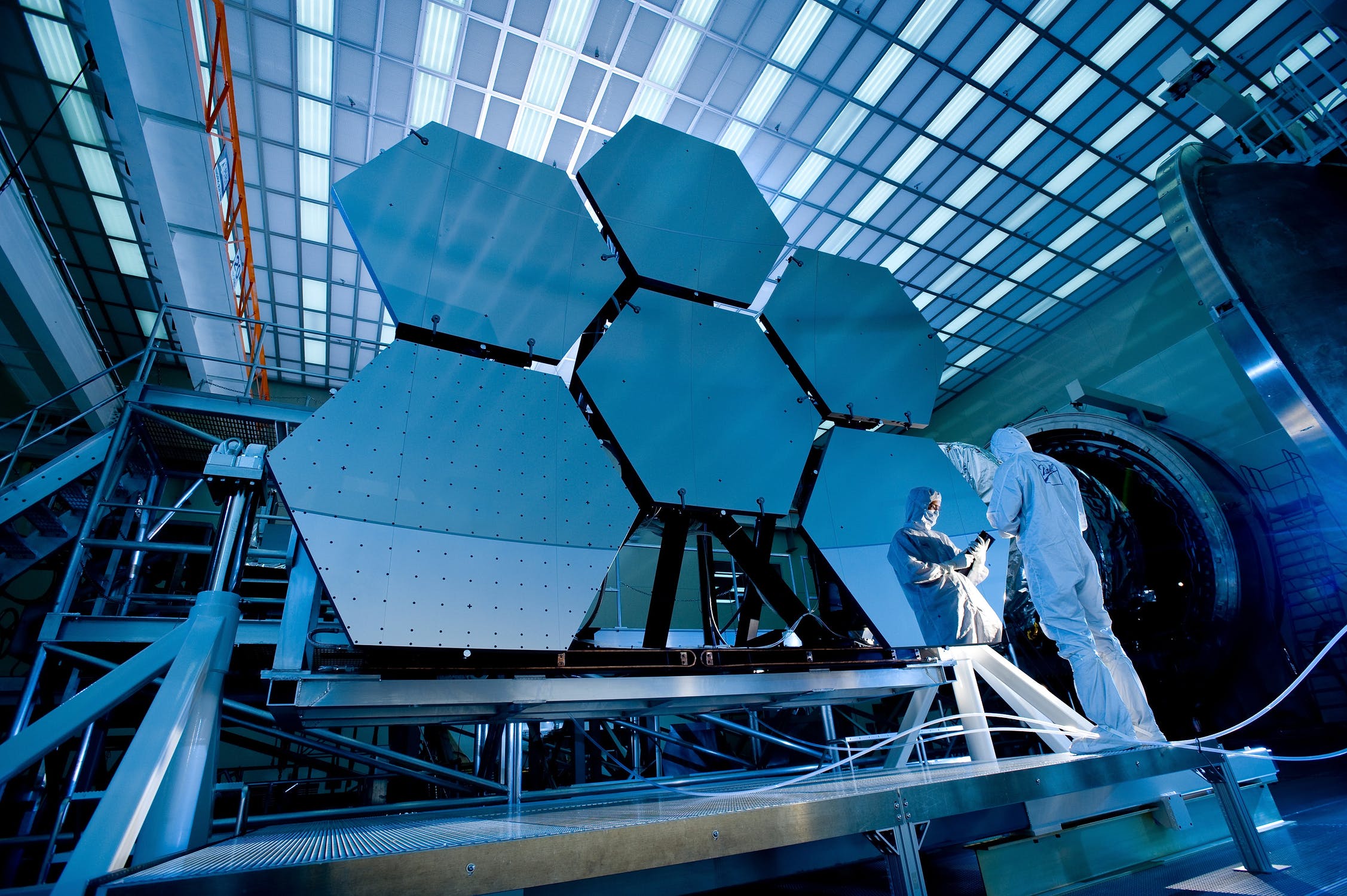Understanding Carbon Capture
While the carbon capture process sounds simple enough to understand, there is a lot more to understanding it than what is implied in the name. There are actually four major stages of carbon capture. Once you grasp each of them, you will be able to better appreciate the full potential and benefits that carbon capture has to offer to the environment. The purpose of this article is to help you understand all four of those stages better and to give you a good idea of how these stages work together.
One of the most helpful aspects we found of understanding this process was analysing the data that had been produced.
The Capture Process
Carbon capture starts by taking carbon from the air and converting it into something else. This can include fuels, plastics, and other things that are helpful to us today. The process of carbon capture involves capturing carbon from the air and turning it into something useful. This process can help reduce carbon emissions and save our earth from having to deal with the problems that will arise from having to deal with the carbon dioxide that we are creating right now.
Next, carbon capture involves allowing the carbon captured to enter a series of wells. There are a number of different ways that wells can be made to contain the carbon. The type of wells that are used can vary, but the main thing is that the wells must be very large so that the carbon is trapped effectively and that it can be easily removed from the wells once they have been opened.
Carbon capture is not the end-all of carbon capture. It also involves turning the captured carbon into a fuel, which is commonly known as a biofuel. Biofuels can be used for a variety of different purposes, from powering vehicles to being used in order to create electricity. A lot of different companies have been experimenting with biofuels in order to figure out the best way to produce these fuels, which is where the technology has really taken off.

Final Stages
Finally, after all of the above mentioned steps have been completed, the fuel is then injected into a turbine, where the energy is converted into electricity. The electricity that is produced is generally sold back to the electricity company. This is a process that happens continuously all over the world. This means that the electricity that is produced by the turbines can be sold to homes, businesses, and even power cities.
In terms of the environmental impact of carbon capture, it is important to understand how this is being done. There are a number of different companies that are working on this process, all of which are trying to minimize the amount of fossil fuels that are being used and the amount of carbon that is being burned. By using renewable sources, the amount of pollution that is released into the atmosphere is reduced greatly.
If you are interested in learning more about carbon capture, there are a number of organizations that will be able to help you learn more about this process. If you are able to speak with someone in a business or an environmental agency, you will find that they will be able to tell you more about what is involved and how it works.
Overall, understanding carbon capture and its effects on the environment is very important, and the information that you learn about carbon capture is essential to helping you make better decisions regarding your own life. Whether you live in a small town or a big city, understanding the process of carbon capture and the various ways that it can benefit you in many ways will help you become a better person for your family.
